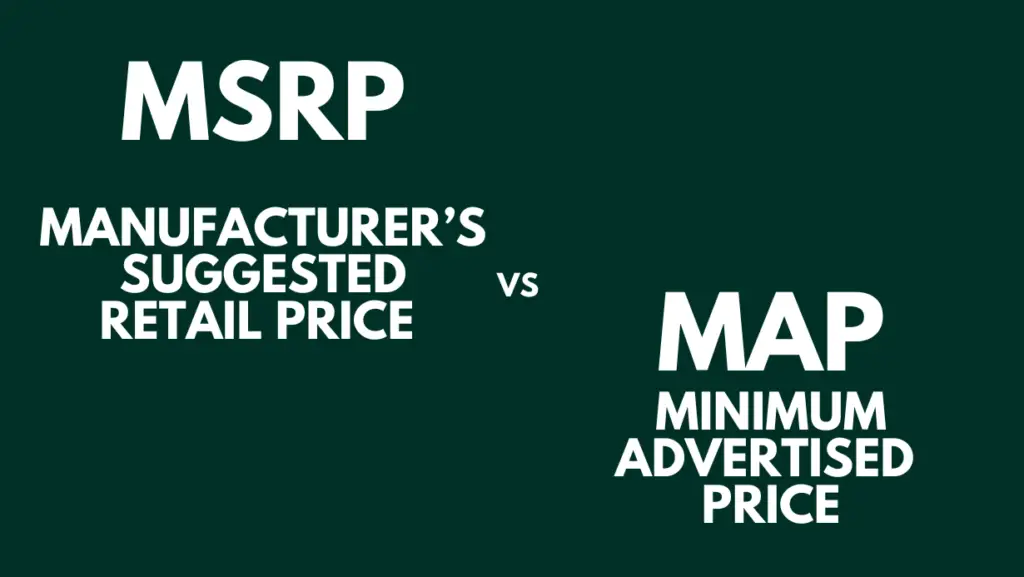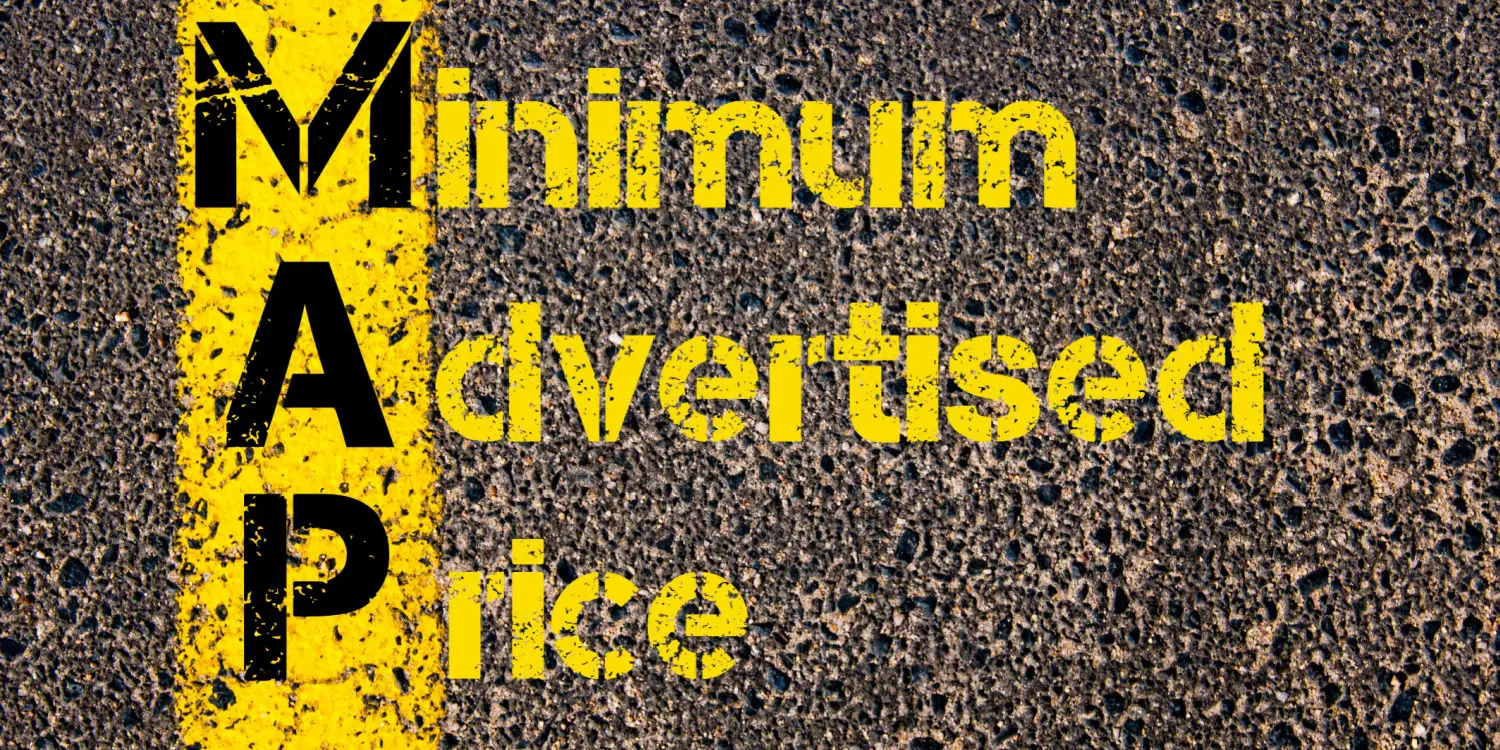Back in March 2020, the iconic footwear company Birkenstock was shocked to find their products on the Costco e-commerce website for nearly half the retail price. Consumers rejoiced at the amazing discount on the popular sandal that sells officially for $135 USD.
From a brand perspective, however, the steep discount provided by an unauthorized 3P reseller could harm the value of the Birkenstock brand, shining a light on the importance of MAP pricing.
As discussed in a previous GreyScout blog, third-party (3P) selling is on the rise, creating an ultra-competitive landscape amongst sellers on e-commerce marketplaces such as Amazon. This high level of competition has seen e-commerce retailers selling brand-name products at huge discounts to build their reputation with positive reviews, increase sales volume, and manipulate the algorithm to win the ever-important Buy Box.
Low prices can be great for consumers, but in the end, they can damage a brand’s reputation and the way consumers perceive its products. They can also be a reflection of the deeper grey market selling problem on eCommerce marketplaces.
What is MSRP?
MSRP, or manufacturer’s suggested retail price also referred to as list price, is a price recommended by manufacturers to their resale channel such as brick and mortar, online retailers to determine what price is fair for their product. MSRP is instrumental source to achieve positive margins for resale channels.
What is MAP or iMAP?
Brands can ensure they protect themselves with a Minimum Advertised Price (MAP). MAP policies set forth guidelines for retailers, outlining the minimum selling price that a brand’s product can be sold for. This is not to be confused with MSRP (Manufacturer’s Suggested Retail Price), which states what a brand believes is fair value for the product.
It is important to note that the MAP only controls the advertised or digitally listed price. Retailers can still sell products below the MAP at brick-and-mortar locations; however, they cannot list them below the MAP on an e-commerce marketplace listing or in an advertisement.
Some sellers have bypassed this by applying a discount within a secure or encrypted shopping cart rather than an advertisement or list price. By enforcing a MAP policy, brands can ensure that their products are not devalued with rock-bottom prices online.
MSRP VS MAP : Key Difference

The key difference between MSRP and MAP is that MSRP is a suggested price manufacturers set and recommend retailers and other customers charge for their products, without the enforcement mechanisms that MAP policies include.
Why is it important to enforce MAP?
It’s no secret that 3P selling is on the rise on Amazon. According to Amazon, products from third-party sellers represent almost 60% of the units sold on their marketplace. With 3P selling activity increasing exponentially, it is becoming more and more important for brands to implement MAP policies to ensure the true value of their products is maintained in the eyes of consumers.
If a MAP is too low, consumers could lump a well-known, established brand in with the lower quality, bargain brands. If a MAP is too high, it can be difficult for retailers to clear their inventory of older-generation products.
This highlights the need to strike a delicate balance when setting a MAP policy to ensure protection that benefits both the brand and its authorized retail partners.
In instances where prices of products sold across eCommerce marketplaces like Amazon, eBay, and Google shopping by unauthorized 3P sellers are considerably below MAP, it could be a reflection of bigger issues such as grey market products, parallel imports, used products being re-sold as new or even at times counterfeits products being sold as genuine.
How is a MAP policy enforced?
In the United States, brands have the legal right to pull their products from a vendor’s digital shelves should they violate MAP pricing policies. On Amazon, however, MAP violations are widespread. What’s more, Amazon’s selling tools do not provide a mechanism for alerting brands of MAP violations.
This is where brand protection strategies such as using iMAP vendors, digital shelf solutions and brand protection solutions to monitor MAP violations come into play. Brands active on Amazon can utilize marketplace brand protection tools that can aid in identifying and notifying resellers selling products below MAP.
From there, brands can inform sellers they are aware of the violation and will report their products and their store if they do comply with brand’s request of identifying the source of their stock.
Read our latest blog on how to use a brand protection tool like GreyScout to monitor grey market activity on eCommerce marketplaces.
The Bottom Line
While MAP pricing is illegal in the EU and UK, it is in a seller’s best interest to respect a brand’s MAP policy. By following MAP policies, sellers can establish good relationships with brands, which opens the door for mutually beneficial partnerships.
On the brand’s end, MAP pricing ensures the protection of a brand’s reputation in the marketplace, and the true retail value of its products, and helps manage sellers’ profit margins.
By utilizing brand protection software like GreyScout, brands can rest assured knowing they are on top of unauthorized 3P resellers to track their products and distribution channels and ensure their MAP pricing policy is respected and enforced.

